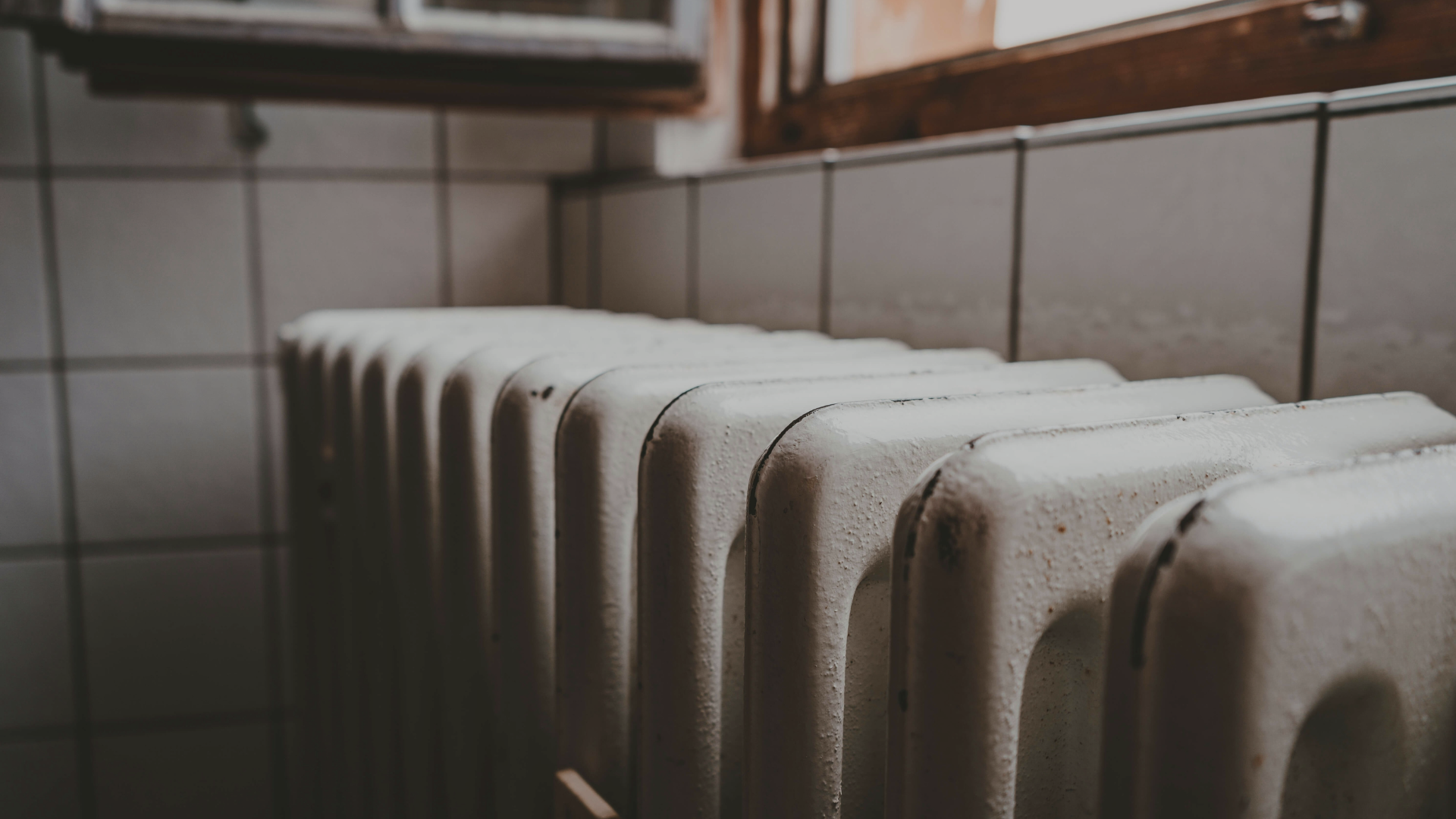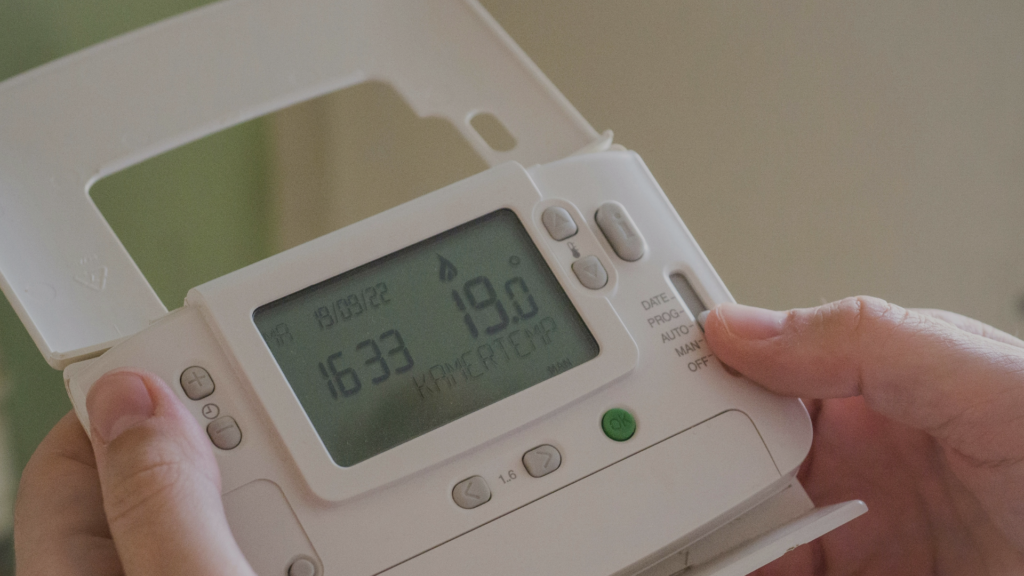State Clean Energy Targets Are Reshaping Corporate Energy Strategy
- Topics :
- Energy Government
Millions face heating-aid delays as LIHEAP funding stalls amid U.S. shutdown
Published October 27, 2025

The ongoing U.S. federal government shutdown has halted key social and energy programs, including the Low-Income Home Energy Assistance Program (LIHEAP). For millions of Americans, this delay arrives as colder months approach and heating costs rise, creating a growing affordability crisis. The disruption exposes a deep connection between energy assistance, building performance, and retrofit economics, as landlords and housing operators face compounding risks from unpaid utility bills and deferred upgrades.
LIHEAP’s role in energy equity and building performance
LIHEAP is one of the most significant federal safety nets for energy affordability. With roughly 4 billion dollars distributed annually, the program assists around six million U.S. households in paying for heating and cooling. It is especially critical in the Northeast and Midwest, where winter energy demand peaks. The program does more than provide temporary relief; it supports broader goals of energy equity and housing stability. When residents can afford to heat their homes, landlords can maintain predictable operating costs, and retrofit projects can proceed without interruption.
The connection between energy assistance and building performance is structural. Stable energy payments reduce arrears, which directly affects a building’s ability to maintain efficiency upgrades. Many retrofit projects in affordable housing rely on consistent tenant payments to demonstrate return on investment for energy efficiency measures such as insulation, HVAC improvements, or smart energy systems. LIHEAP therefore plays an indirect but vital role in sustaining building performance across low-income housing portfolios.
Shutdown impact and new state-level developments
The federal government shutdown has suspended the disbursement of LIHEAP funds nationwide. Without the federal allocation, states are unable to open their seasonal heating-assistance programs. In Pennsylvania, the Department of Human Services confirmed that the 2025-26 LIHEAP season will be delayed until December 3, 2025, pending release of federal funds. In New York, Governor Kathy Hochul announced that the state’s Home Energy Assistance Program (HEAP) will not launch until at least mid-November 2025. Texas, Minnesota, and several other states have also issued contingency warnings.
Community organizations and legal aid groups have reported a surge in requests for emergency utility assistance. The Center for Law and Social Policy noted that some states are accepting pre-season applications, but no benefits can be approved or distributed until funding resumes. In Pennsylvania alone, agencies have seen an increase in calls for emergency help as cold weather approaches.
The national picture underscores the scale of the risk. An estimated 21 million U.S. households are behind on energy payments, and nearly four million disconnections are possible this year. Average heating costs are projected to rise by about 7.6 percent compared with last winter. Other assistance programs, including the Supplemental Nutrition Assistance Program (SNAP), are also affected by the shutdown, compounding the hardship for low-income households.

Who’s affected: Tenants, landlords, and retrofit stakeholders
The people most directly affected by the delay are low-income families who depend on LIHEAP to stay warm through the winter. Without timely support, many face the threat of utility shut-offs or must choose between heating and other essentials. Cold exposure and indoor temperature drops can quickly turn into health and safety risks, especially for elderly residents and children.
For landlords and building operators, the implications are financial and operational. Rising arrears reduce liquidity and can delay essential maintenance. In multifamily housing, especially where rents are capped or subsidized, missing energy assistance inflows means that funds for repairs or upgrades are constrained. This ripple effect can slow or halt planned retrofit work and create compliance risks if energy-performance targets are missed.
Retrofit programs also face indirect pressure. State and municipal weatherization and electrification initiatives depend on stable participation from low-income households. When tenants cannot afford their energy bills, engagement with retrofit programs declines. Utilities and local governments may see reduced uptake in incentive programs designed to lower emissions from residential buildings.
Implications for building performance and retrofit economics
The delay in heating assistance disrupts more than household finances. It affects building performance models, return on investment for retrofit projects, and ESG reporting for housing portfolios. When tenants fall behind on bills, performance-based energy savings agreements can fail to meet projected payback periods. Deferred maintenance can quickly turn into structural degradation and higher long-term costs.
For building owners and operators, proactive management is essential. Practical steps include:
- Track and analyze tenant energy-burden data to identify high-risk households.
- Budget contingency funds to offset delayed federal support.
- Coordinate with utilities and local nonprofits for arrearage-relief programs.
- Prioritize upgrades that directly lower heating loads, such as insulation, weather sealing, or heat pump systems.
- Maintain communication with tenants on energy-saving behaviors and available resources.
Integrating social and energy data can improve portfolio resilience. Owners who monitor energy burden alongside performance metrics can better anticipate where arrears may threaten retrofit viability.

What’s next: Resolution paths and adaptation strategies
There is still no firm federal date for LIHEAP funding disbursement. Some states, such as Pennsylvania and New York, have released target dates for reopening, but these depend on the shutdown’s resolution. A short-term reopening could allow full benefit delivery but delay program administration. A prolonged freeze could lead to compressed seasons, smaller benefit amounts, and administrative backlogs.
States may explore stopgap measures or seek partnerships with utilities and nonprofit organizations to bridge the funding gap. For building and energy managers, the situation underscores the importance of integrating energy-burden risk into planning and financial modeling. Retrofit programs that account for social vulnerability and tenant affordability are better equipped to withstand policy disruptions.
The broader policy lesson is that the energy transition requires stability not only in technology and investment but also in social energy support. Programs like LIHEAP are critical to maintaining that balance, especially in communities where high utility costs and aging buildings intersect.
Conclusion
The federal shutdown has revealed how fragile the link is between energy affordability and building resilience. LIHEAP delays extend beyond social policy and into the fundamentals of retrofit economics, utility management, and housing stability. For building owners, energy managers, and policymakers, the immediate focus should be on protecting vulnerable households and maintaining the infrastructure that keeps homes safe and efficient through the winter.
References
- PA.gov: Due to Federal Government Shutdown, Opening of the LIHEAP Season Delayed Until December 3, 2025
- The Guardian: U.S. shutdown stalls energy aid as millions struggle to pay heating bills
- Governor Kathy Hochul: Statement on HEAP Delay During Shutdown
- Center for Law & Social Policy: SNAP and LIHEAP During the Government Shutdown









